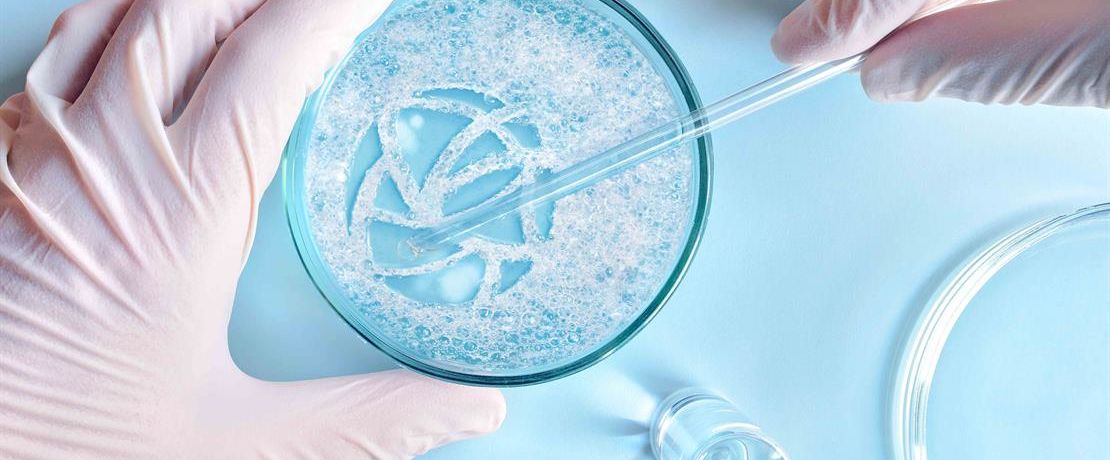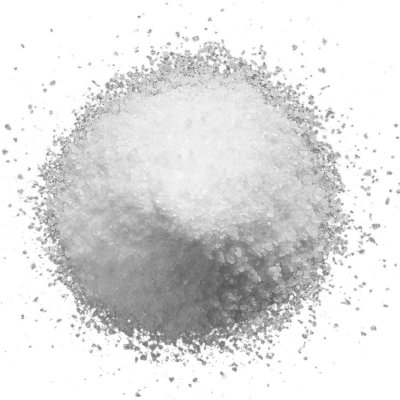The Duty of Defoamers in Enhancing Product Quality and Performance
In numerous making procedures, the visibility of foam can substantially impede product top quality and functional efficiency. Defoamers function as necessary additives that minimize this issue, guaranteeing smoother manufacturing operations while boosting the useful and aesthetic characteristics of the final items (defoamers). Their application extends a multitude of industries, from food and beverage to pharmaceuticals, where consistency and dependability are vital. The option of the suitable defoamer can be vital to accomplishing optimal results, elevating essential concerns concerning solution compatibility and efficiency metrics that warrant further expedition.
Comprehending Defoamers
Comprehending the function of defoamers is essential for preserving product high quality across different markets. Defoamers are chemical ingredients developed to protect against the formation and minimize of foam in liquid systems, which can negatively affect processes such as blending, filling up, and surface area tension. Lathering can result in ineffectiveness, product issues, and endangered visual allure, making defoamers a critical part in producing operations.
In industrial applications, defoamers aid to enhance product uniformity and stability. In the paint and coatings market, foam can interfere with the application procedure and the last surface. In food and beverage manufacturing, excessive foam can hinder bottling and product packaging effectiveness. The reliable use defoamers not only guarantees smoother production procedures however likewise contributes to premium item efficiency.
Furthermore, the option and formula of a defoamer need to straighten with details application demands, such as compatibility with other active ingredients, performance under varying temperature and pH conditions, and possible regulatory restrictions. Inevitably, comprehending defoamers' features and their relevance in different formulas is crucial for enhancing manufacturing and making certain the finest quality final result.
Kinds Of Defoamers
Defoamers can be categorized into numerous kinds based on their composition and mechanism of action. The key types include silicone-based, non-silicone organic, and inorganic defoamers.
Silicone-based defoamers are among the most reliable, mostly due to their ability to spread quickly on the liquid surface and disrupt foam formation. Their unique chemical framework permits superior security, making them appropriate for high-temperature applications and atmospheres with varying pH levels.
Non-silicone organic defoamers, frequently composed of fatty acids or natural oils, are valued for their biodegradability and lower poisoning. These are commonly made use of in food and drink applications where safety and security and environmental effect are extremely important.
Inorganic defoamers, that include substances like talc or calcium carbonate, act by increasing the thickness of the liquid, thus lowering foam security. They are commonly used in commercial processes where compatibility with other materials is not an issue.
Each sort of defoamer has distinctive advantages and restrictions, permitting customized solutions depending on the specific frothing concerns run into in different applications. Comprehending these differences is vital for enhancing performance and achieving wanted item high quality.
Applications Throughout Industries
Countless industries utilize defoamers to boost product quality and operational efficiency. In the food and beverage industry, defoamers are vital in processes such as developing and dairy products manufacturing to stop foam development, which can bring about inefficiencies and item incongruity. By controlling foam, makers can ensure much better yield and a much more consistent item.
In the pharmaceutical industry, defoamers play a vital duty in the formula of liquid drugs, where extreme foam can restrain blending and exact application. Their usage aids preserve the honesty of the formulas and helps with smoother manufacturing procedures.
The paint and coverings market additionally relies upon defoamers to boost the efficiency of products during application. By minimizing foam, these additives guarantee a smoother coating and boost the aesthetic qualities of the end product.

Advantages of Utilizing Defoamers
While the application of defoamers differs throughout sectors, their advantages constantly boost item high quality and procedure effectiveness. One considerable benefit is the decrease of foam development throughout manufacturing processes, which can otherwise cause manufacturing delays and inconsistencies in product high quality. By reducing foam, defoamers enable a smoother circulation of materials, assisting in extra effective procedures and minimizing the probability of tools breakdowns.
Furthermore, making use of defoamers can boost the appearance and texture of final items. In markets such as coatings, paints, and food handling, excessive foam can endanger the visual aesthetic appeals and total high quality, while the ideal defoamer application ensures a consistent surface and desirable characteristics. Defoamers can add to set you back financial savings by lowering waste throughout production and optimizing the use of raw products.

Picking the Right Defoamer
Choosing the ideal defoamer is crucial for enhancing manufacturing procedures and ensuring item quality. The selection of Continue defoamer affects not just the performance of foam control yet likewise the general efficiency qualities of the final item. Aspects to take into consideration include the type of application, the chemistry of the solution, and the ecological conditions under which the product will be made use of.
Various industries might need details defoamer types, such as silicone-based, organic, or polymeric defoamers. Understanding the compatibility of the defoamer with the primary active ingredients is vital to avoid unfavorable reactions that could jeopardize item integrity. In addition, the defoamer's efficiency in different temperatures and pH degrees need to be reviewed to make certain regular performance.
Examining the defoamer in small applications can offer important insights into its efficiency and viability. Factor to consider of regulatory compliance, especially in food, drugs, and cosmetics, is critical in choosing a defoamer. Ultimately, a comprehensive analysis of these variables will cause the option of a defoamer that not just manages foam efficiently however additionally improves the top quality and performance of the end product.
Verdict

In final thought, defoamers are important ingredients that substantially boost item high quality and efficiency across numerous markets. The critical choice and application of defoamers lead to cost financial savings, enhanced source usage, and boosted client complete satisfaction.
Foaming can lead to inefficiencies, item issues, and compromised aesthetic allure, making defoamers an essential part in producing procedures.
